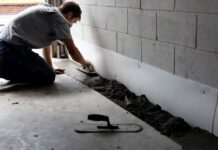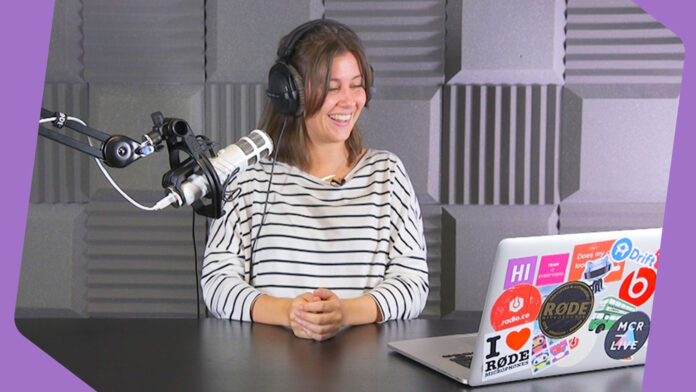
The Coronavirus epidemic has forever changed radio and television. Now it is obvious it has broken some boundaries. Instead the viewers let the presenters “into their houses” – the presenters now let the viewers into their homes. Being a ‘salon’ radio and TV host has never been easier, but for most of us – it never occurred that video chat programs would be all it took to broadcast a radio and TV program.
Radio & TV Stars Of The Attic And Basement
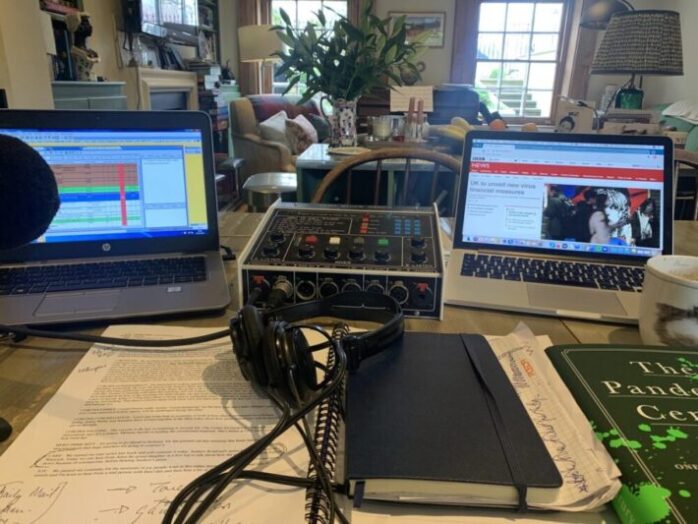
An epidemic of the new virus has locked millions of people in their homes, and authorities around the planet have advised people to work from home. Journalists who work on internet portals and in the print media can mostly do that. They interview their interlocutors by phone, receive statements by e-mail and SMS, and they can also write text from the bed in which they sleep. In pajamas and unwashed, if desired.
Hands have to be washed, of course. And what about radio and television? Until a few months ago, no one believed that TV presenters would be able to wish you “good morning” and “good night” practically from their beds. But it happened.
New Trending: DIY TV Host

If you take the remote and “switch” the world’s TV networks at this moment – you will find a host working from home on at least one channel. Not to mention the guests of the show – since today, even analysts no longer go into TV studios. One of the first to attract attention was Chris Cuomo from American CNN TV Channel. For a moment, everyone was surprised when they saw on March 30 that Cuomo was hosting the show from his own house.
A brother of New York Governor Andrew Cuomo, Chris became infected with the coronavirus – and immediately isolated himself from the family. He doesn’t even let the dog into the basement where he was living and hosting the show. Fortunately, after recovering, Cuomo is slowly but surely returning to his standard rhythm.
The Magic Of The Radio

When it comes to radio, the situation is somewhat simpler. You don’t have to put on make-up and dress up like TV presenters. You don’t need to worry about the light and high-quality camera. However, where the image is missing – you have to replace it with exclusive content. Fortunately, today radio programs can be broadcasted from almost any location – as long as you have the internet.
So, if you’re a radio host and you’re working from home, the must-have tools you need will be a microphone, headphones, mixer, and good streaming. Of course, other things can also help you a lot.
Radiory was opened to connect people across the globe through live radio streaming. This station enables you to listen to your preferred radio station for free from wherever you are. On radio and TV, several hosts are currently broadcasting full programs from their homes – as their stations are adjusting to the uncertain future characterized by the coronavirus pandemic.
Environments That Radio And TV Hosts Are Adopting To While Working From Home
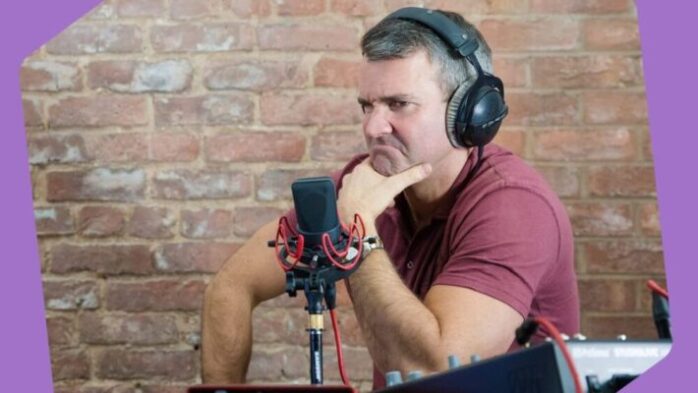
Although Cuomo was one of the first to lead the program, he is not the only one – and no longer a rare case either. Many hosts “hid” in their homes without waiting to be infected with the virus. The host of the American MSNC, Andrea Mitchell, posted a photo of her new studio located in her living room on Twitter.
All three hosts of the ‘CBS morning‘ program switched to full-time work from home. Some American local TV stations, such as Channel 9 from Charlotte, North Carolina, broadcast the program entirely from the homes of their presenters. And the Asian “Bloomberg” sent some leaders home, so the water program from their apartments in Singapore. It is similar to radio presenters.
How Do Radio Hosts Keep Up With Possible Noisy Environments In Their homes?
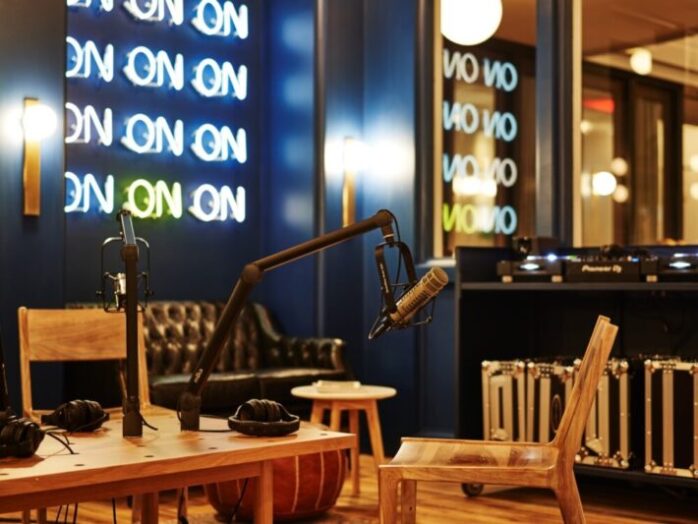
Radio stations and their presenters managed to show a high degree of flexibility during the COVID-19 crisis. Namely, the vast majority of them equipped real small home studios. These radio broadcasting studios, although hand-made, have proven to be very practical, although they sometimes seem a bit strange. The pillows, tablecloths, and blankets that the hosts use as sound insulation may look ridiculous, but the fact is that their microphones and dictaphones housed in such a home-made studio – have a quite quality sound.
Unlike some of the hosts, Rosie O’Donnell placed her studio in her garage. It was from that place that she hosted a large number of celebrities who chatted, sang, and had fun with him from their living rooms, kitchens, or basements. Many television presenters even went so far as to admit that they ran the program only in T-shirts, and without pants, while broadcasting the program from their bedrooms.
How radio and TV hosts can work more effectively from home?

Whether or not you are working remotely in one day of the week or full time as a radio or TV host – it is significant to ensure that you are set up to work productively and make a profit even while working at home. This considers having a particular workspace with suitable equipment and technology. Restrict the entrance to your kids and pets to your working space, to limit disturbances. Coming up next – the tips that can support TV and radio hosts to be more effective while working at home.
- Make a practical workspace: Without an appropriate home office – you should make a private and calm space to have your show. In case it is conceivable – try to separate your workspace from your premises and just use it for work.
- Obtain the web speeds you require: If you have kids, limit them in using your home Wi-Fi to support your web speeds. Stay closer to the Wi-Fi point since separation hardware from the internet source can influence data transfer capacity. On the other hand, you can change to an Ethernet link for your web needs.
- Use telephone applications: If your show involves making significant distance and worldwide video and sound calls – browse an assortment of free, cheap, or accessible applications on the web.
Conclusion
The global coronavirus pandemic is making online entertainment platforms like radiory a go-to option for live radio streaming for audiences to catch their favorite shows.

